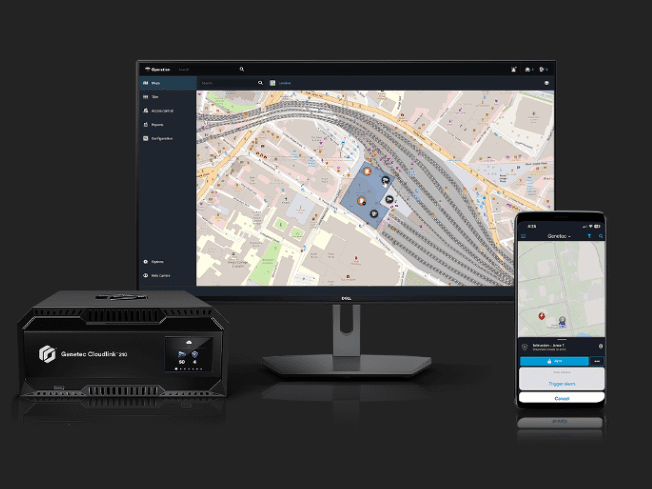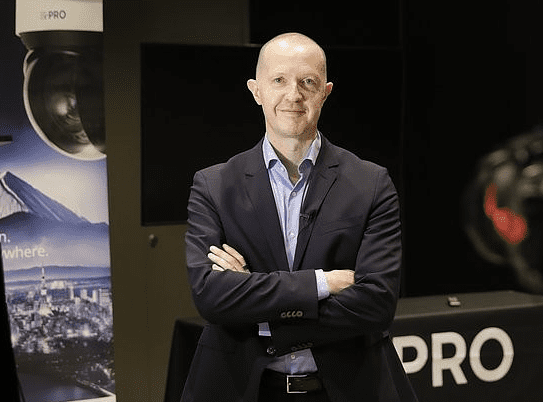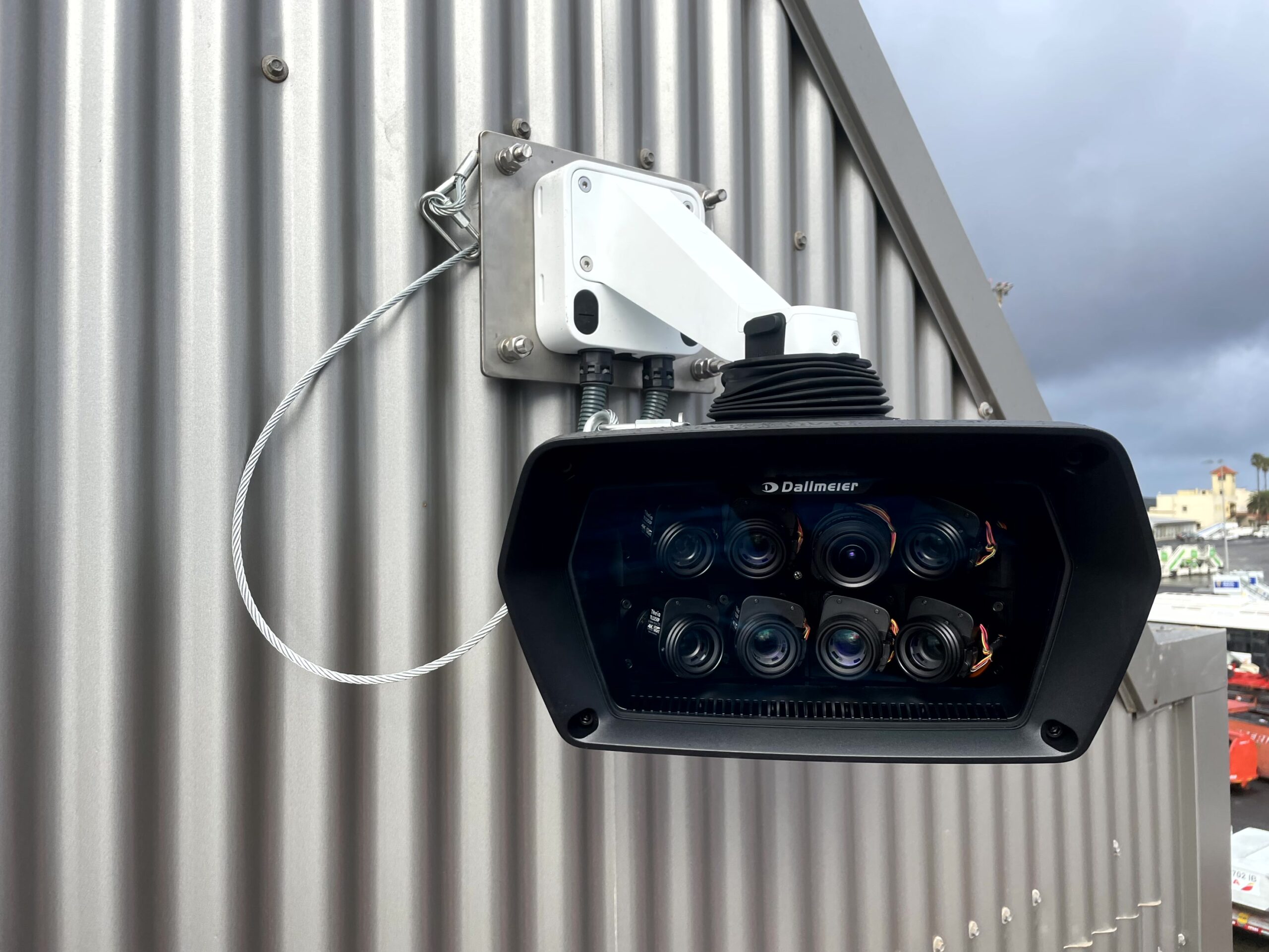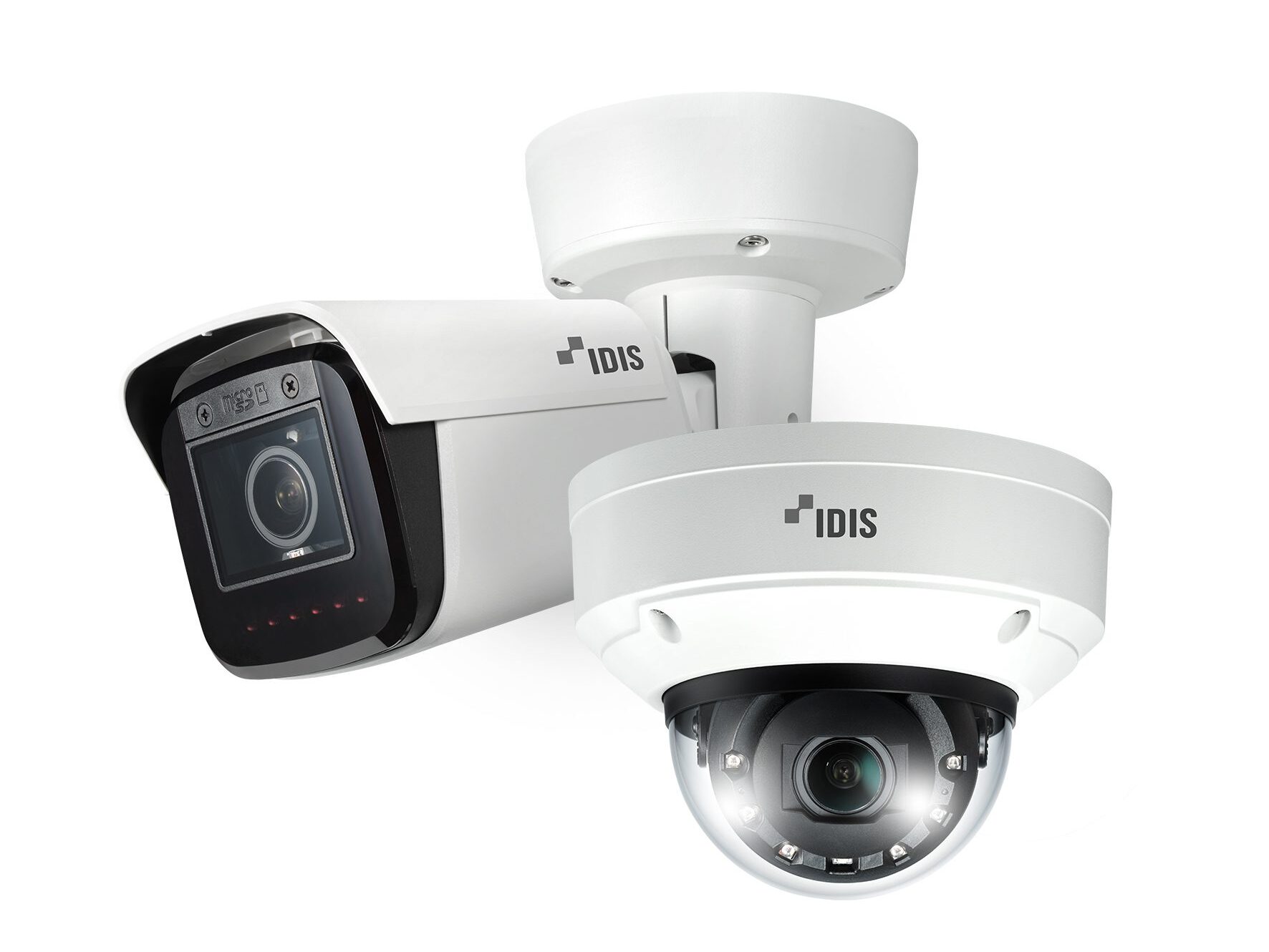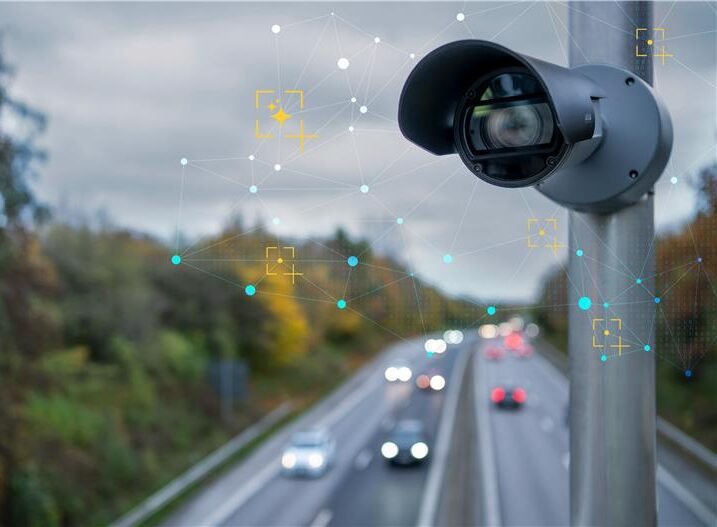Ardon Anderson, VP of EMEA, Verkada, provides their insights into smart cities, in this second installment of an exclusive Security Buyer series
Advancements in camera technology—from large vision models and biometrics to cloud computing and edge processing—are prompting architects, planners, and building managers to rethink building design and operations. Instead of seeing buildings as a static collection of doors, walls, and wires, these leaders now see them as interconnected, intelligent and evolving systems—or what we commonly know as ‘smart buildings’.
Smart buildings use integrated IoT devices such as sensors, video security cameras, and more to analyse, monitor, control, and optimise various building operations. This could include systems like HVAC, lighting, security, energy management, and others. Ultimately, the goal of a smart building is to improve efficiency, comfort, safety, and sustainability by adapting to the needs of occupants and operational demands in real time. While there are many different technologies and devices that contribute to this goal, video security cameras are a critical (and multipurpose) layer in these smart buildings.
Video security cameras are most commonly associated with their original use case: security. But as cloud-enabled video security cameras gain traction—92 percent of security leaders believe the future of physical security is cloud-based—organisations are realising new benefits that extend beyond security. Cloud-based solutions are not only unlocking more advanced analytics capabilities, but they’re also enabling easy integrations with software from other devices and business functions, ultimately extending the benefits of video security cameras to teams throughout the organisation.
Enabling smart guest management
The impact video security cameras make on smart buildings can be felt the moment someone enters the space. For instance, when a guest arrives at a building for the first time, cameras integrated into a visitor management system allow the organisation to instantly run a background check that confirms it is safe for the guest to enter. Or, if they’re a returning visitor, they can avoid the tedious process of resubmitting their information by having the camera perform a facial scan to confirm their identity and automatically resubmit information, cutting down check-in time from minutes to seconds.
Once a visitor is checked in, their host can automatically receive a notification that their visitor has arrived, thanks to integrations with common communication channels like Slack, Microsoft Teams, SMS, or email. At the same time, the visitor is seamlessly granted access to designated areas of the building through temporary mobile credentials. This ensures a frictionless experience for both the visitor and the host.
Enabling smart decision-making for real estate investments
Video security cameras also play an important role in optimising space and driving smart real estate decisions. Insights from these cameras can actually provide valuable data into how areas within a building are being utilised. AI-powered analytics can track occupancy patterns, identify peak usage times within a given area, and provide insight into under utilised spaces, helping workplace leaders make data-driven decisions on where to strategically expand, downsize or reconfigure their real estate footprint so that it matches their business objectives.
Enabling smart alerting for operations
Video security cameras can be a powerful tool for streamlining operations—not just for visitors and vendors, but also deliveries. When a shipment arrives, for instance, delivery teams not only have a seamless access experience using intercoms with embedded cameras and two-way audio capabilities to confirm identities, but when those packages are received, video security cameras can seamlessly integrate with other systems to make sure that they get into the right hands. First, employees are notified about their delivery in real-time via Slack, Microsoft Teams, SMS, or email with a photo of their package and information about when and where to pick it up. Historical video footage of the building receiving the delivery, integrated with the tracking number that is tagged when the package is scanned in, also ensures that if an employee reports a lost package, mailroom staff can quickly investigate what happened.
The evolving role of cameras in smart buildings
Cameras are transforming the spaces that we live and work in into intelligent, connected smart buildings. There’s more actionable data from cameras than many leaders might realise—and when integrated on a singular platform with other building management systems, teams across all functions of a business can gain greater context to make more informed decisions. From streamlining and consolidating guest management and space optimisation to mailroom logistics, these integrated platforms empower organisations with data from across their physical environment, helping business leaders align operations with their overarching goals. As technology continues to advance, and more systems are integrated under a singular platform rather than a collection of point solutions, cameras will be able to support broader use cases in smart buildings to unlock even more efficiency in the enterprise.
Read more exclusives and news in our latest issue here.
Never miss a story… Follow us on:
Security Buyer
@SecurityBuyer
@Secbuyer
Media Contact
Rebecca Morpeth Spayne,
Editor, Security Portfolio
Tel: +44 (0) 1622 823 922
Email: [email protected]


